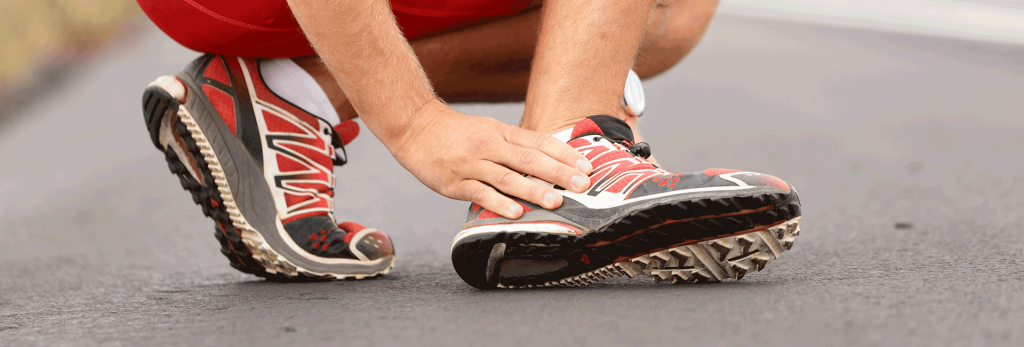Thank you for your question! Without doing an examination of your ankle, we are limited in our ability to provide specific information regarding your symptoms. However, we can give general recommendations regarding ankle and foot swelling following a fracture.
Swelling in the foot and ankle due to a fracture and significant sprain is common, even several months later. Increases in activity and switching into a soft brace can lead to an increase in swelling and is normal.
Many patients benefit from utilizing an over-the-counter compression sock during the day to help keep the fluid from building up in the foot and ankle. Ice can be helpful for the first week during the inflammation phase for pain and swelling. Elevation, and ankle pumps – moving the foot up and down like working a gas pedal – after being active can also be helpful in combatting swelling.
We do suggest mentioning the difficulty you are having with swelling to your orthopedist, as well as getting an evaluation by a physical therapist to get specific suggestions, exercises, and treatment to help improve ankle function and return to normal daily activities. Ankle rehabilitation typically involves strengthening, mobility exercises, and functional training to improve the balance and stability of the ankle.
Check out the blog linked below, which includes video demonstrations for 5 ankle exercises everyone can benefit from!

5 Effective Exercises for Your Ankles
Ankle flexibility, strength, and balance are essential for proper movement, injury prevention, and overall body balance and coordination. Incorporating these five exercises into your workout routine can help reduce the risk of injury and improve athletic performance.

Have a sprained ankle that won't stop swelling?
While it is common for a sprained or fractured ankle to continue to swell long after the injury, it is a good idea to seek treatment from a physical therapist. Our PTs will work with you to develop a customized program to expedite your recovery and get you back to the things you love.

